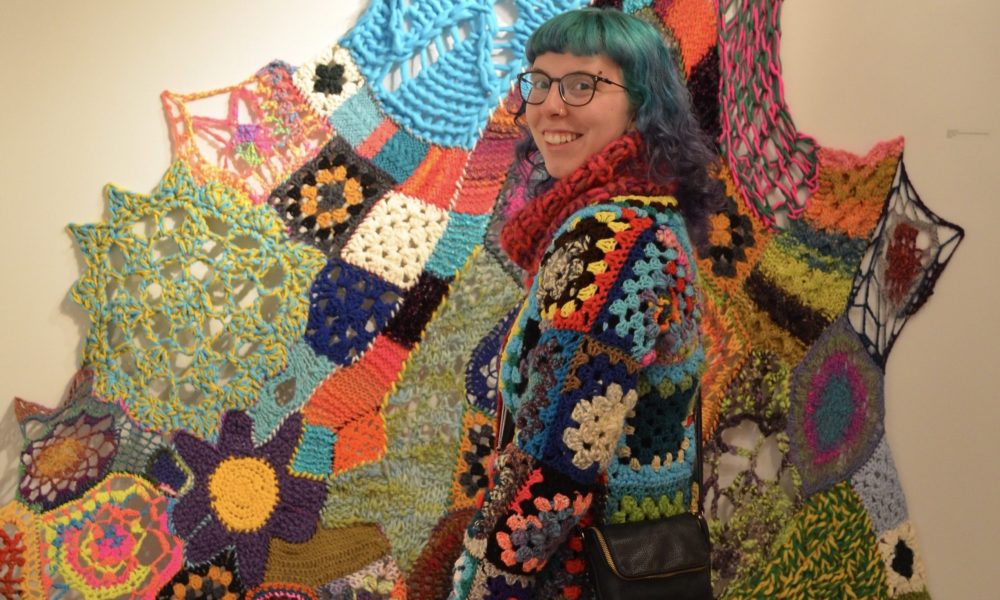

Today we’d like to introduce you to Emily Brodrick.
Emily, we’d love to hear your story and how you got to where you are today both personally and as an artist.
I grew up in a rural, beach town on the South Fork of Long Island and most of my grade school years were spent at the Hayground School, an alternative, arts-based-learning program. Much of class time was spent outside during the warmer months, learning about the environment in which we lived through drawing and painting. Growing up this way has been extremely influential to my practice.
In 2014, I received my BA from Hampshire college. During my time there, as I was introduced to the ideas of the second-wave feminist artists of the 1960s such as Yayoi Kusama, Judy Chicago and Lynda Benglis, I began to think about for the first time, the roles of women in art and in history generally. While this was going on, I was also beginning to create sculptures with crochet and knitting for the first time and was getting some slack for it from a few professors and visiting artists. It became clear to me that because of my medium of choice I was going to have to prove myself in a way that other students using more traditional art mediums were not going to. Why was this? The conclusion I came to was that textiles are still often considered for crafts and not fine art because they are feminine. My senior thesis was a study gender and textile crafts in the context of visual art history and culminated in a solo show titled Why Color Makes Me Giggle, a series of large installations and sculptures made entirely of crocheted and knitted yarn.
After graduating, I moved to Cambridge and began teaching art at Maud Morgan Visual Art Center in Cambridge from 2014-16. After that I was the curatorial intern at Gallery 263 in Cambridge in 2016 and the Office Management and Social Media Intern at Now + There in Boston from 2017-2018. Poking my head into many different creative careers has helped me to grow a network and understand, at least aspects of, our multifaceted arts culture in Boston. All the while, I have continued to maintain my practice and evolve these ideas discussed in the previous paragraphs and exhibit regularly around the greater Boston area as well as Maryland, New Hampshire, New York and Vermont. My most recent solo show, Feminine Habitat, was at Groundwork New Bedford in 2016.
We’d love to hear more about your art. What do you do you do and why and what do you hope others will take away from your work?
I make large-scale, colorful, highly detailed installations and sculptures dealing gender stereotypes, craft traditions and the anatomy of living organisms. I use patterns and forms from animals and plants that inspire me and incorporate them into my work. I have a collection of naturalist books that I look through for inspiration and watch a ton of environmental documentaries. I love to play with creating things from nature in my own style, making works that are almost like magical creatures. Organic and yet something that would never actually exist such as my pieces Reclaimed – mold spores assembled from hardware materials or Alien Clouds – crocheted clouds made of acrylic and wool yarn. Each time the work is shown it can look largely different and this is because I respond my work to the architecture of a new space, mirroring the idea of an organism evolving to a new niche. I think of my art as beings that are all related to one another and when shown together, the result of this is that viewer sees them not just as a series of objects, but as a living world.
For four years I created my pieces solely with fiber, but gradually over the course of the last year and a half I began to shift my media, experimenting here and there with watercolor, cut paper and other mixed media. I began to deconstruct my practice to get to the root of why I make art and what are my inspirations without relying on one, very charged medium. Eventually I realized that underlining my textiles-role-in-art obsession was the idea of craft mediums being used to make art more broadly. There is a lack of respect for crafts in our culture that is rooted not just in gender inequality but in social and economic inequality generally. The result of this for me has been to continue to push the boundary of what is considered craft vs. art, incorporating other traditional craft mediums such as cut paper, acrylic paint, watercolor and ceramics into my practice even more.
Very recently I began a series of intricately patterned, colorful, cut paper works. First, I make a super vibrant painting on a large sheet of paper. I’ve been making paintings that are essentially fabric patterns, geometric shapes and organic forms floating in space in an organized format. Then I use an x-acto knife to cut a second image into the paper; these images have so far been of crocheted lace and flowers. As the new image forms, the old one is obscured and the result is random and beautiful. It’s something I am very excited about right now and I look forward to seeing how it progresses. The connection these works have to fiber, the medium that has dominated the aesthetic and concept of my art for so long, is inescapable and I find it really interesting that I am still able to play with ideas surrounding textiles and femininity in art with other mediums.
Have things improved for artists? What should cities do to empower artists?
I can say at least in Boston, I feel very lucky to be surrounded by emerging artists to support and feel supported by, to grow collectively with and to brainstorm and work with. One of my goals as an artist has been building community and this city has been a wonderful place for a young artist to find her footing in that sense and build her network. That being said, considering this city full of so many blossoming young creatives, we are seriously lacking accessible spaces and opportunities for us to show our work. Part of the issue I think is that rents are too high for up-and-coming curators and gallerists to open new accessible spaces around the city but there are alternatives. I believe established galleries need to begin to create more programming that is geared towards finding young talent and also, we as the emerging creatives of Boston should start working together to create these opportunities for ourselves in alternative spaces.
Do you have any events or exhibitions coming up? Where would one go to see more of your work? How can people support you and your artwork?
Bromfield Gallery
Summer Invitational
August 1-19
Opening Reception August 3, 6-8:30pm
Boston, MA
FPAC – Envoy Gallery
Be/Come
Two-person show
May 2019 – more details TBA
Boston, MA
Contact Info:
- Address: Waltham Mills Artist Association, Waltham, MA
- Website: emilybrodrick.com
- Instagram: @emilybrodrickart
- Facebook: facebook.com/emilybrodrickart
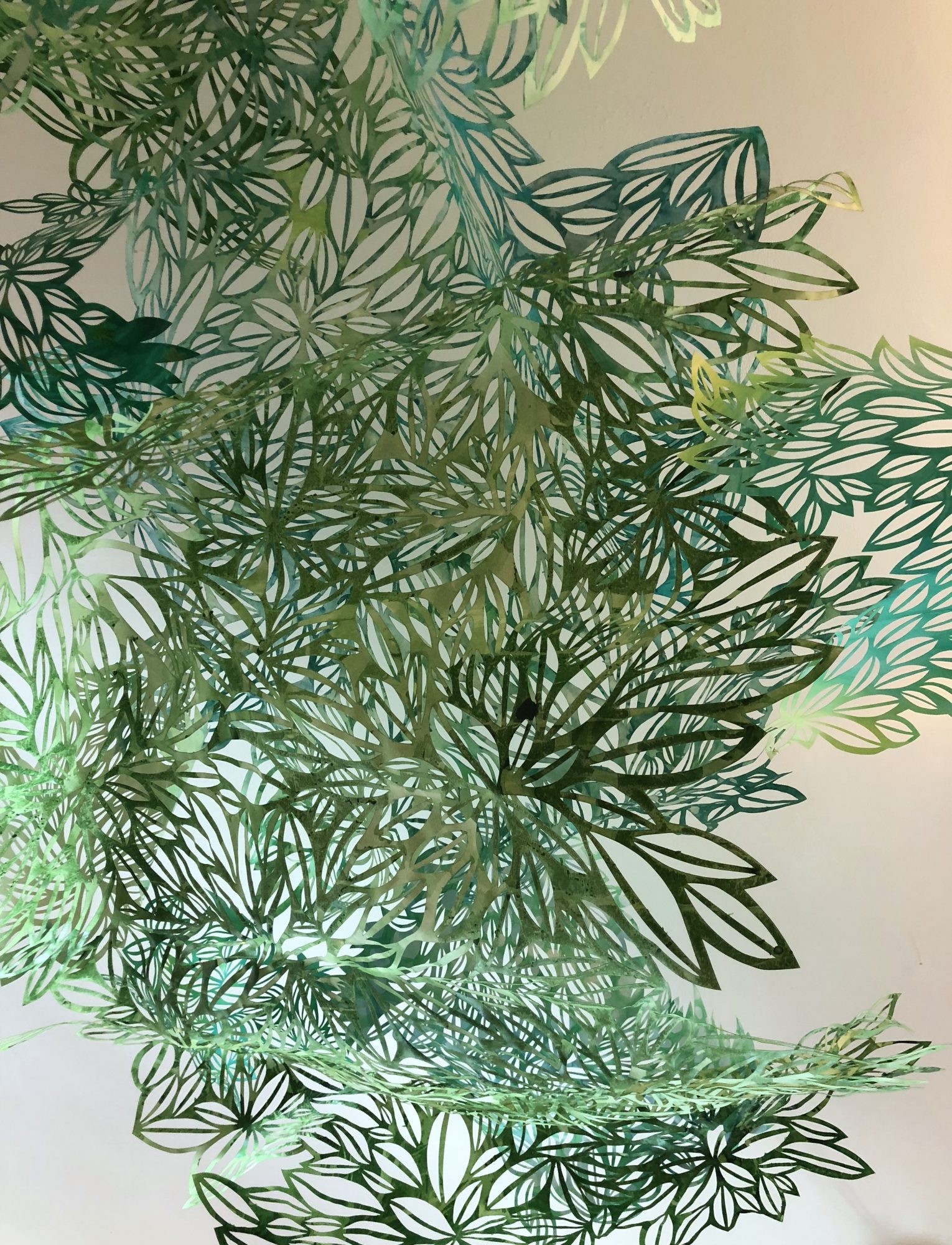
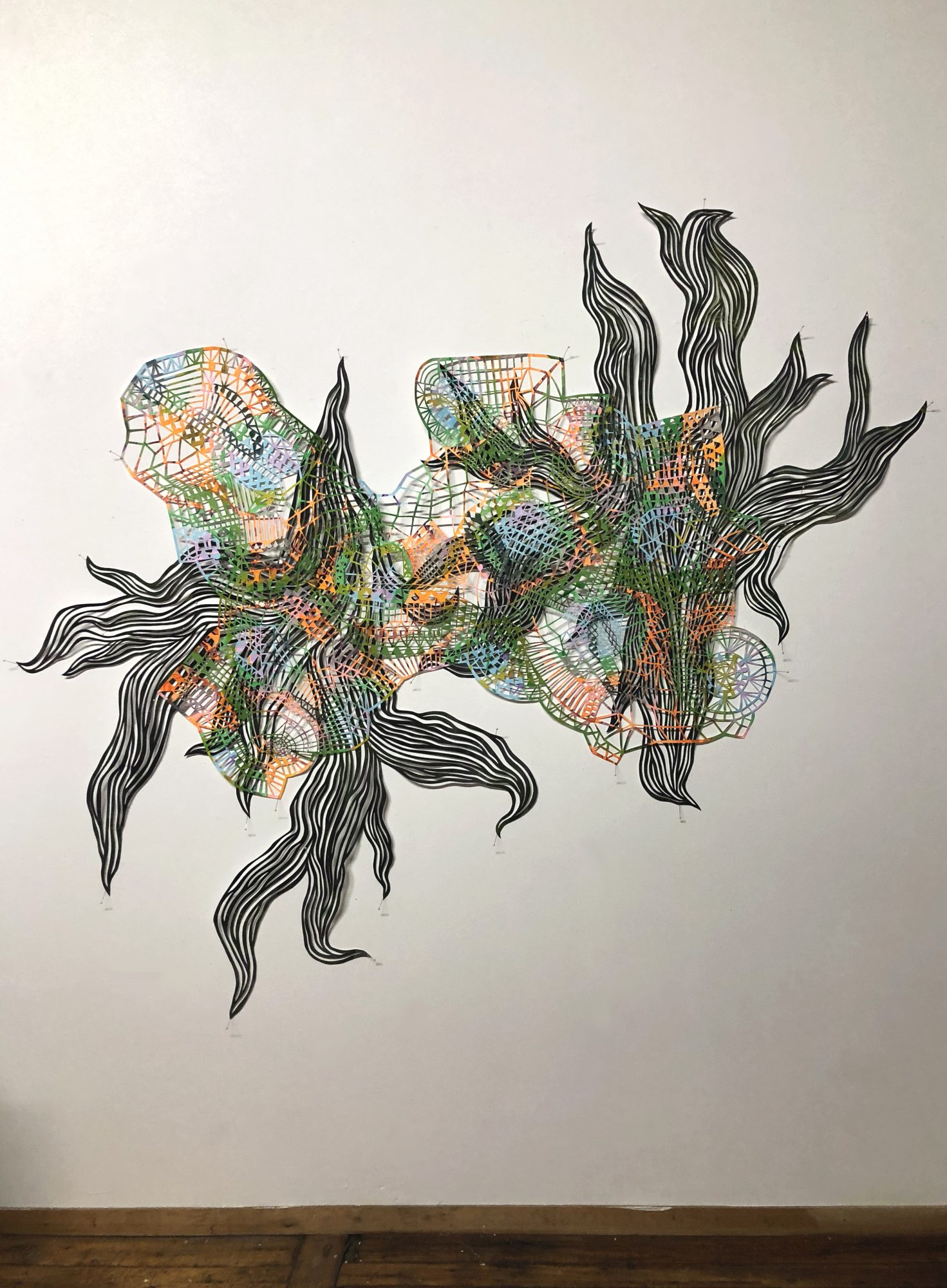
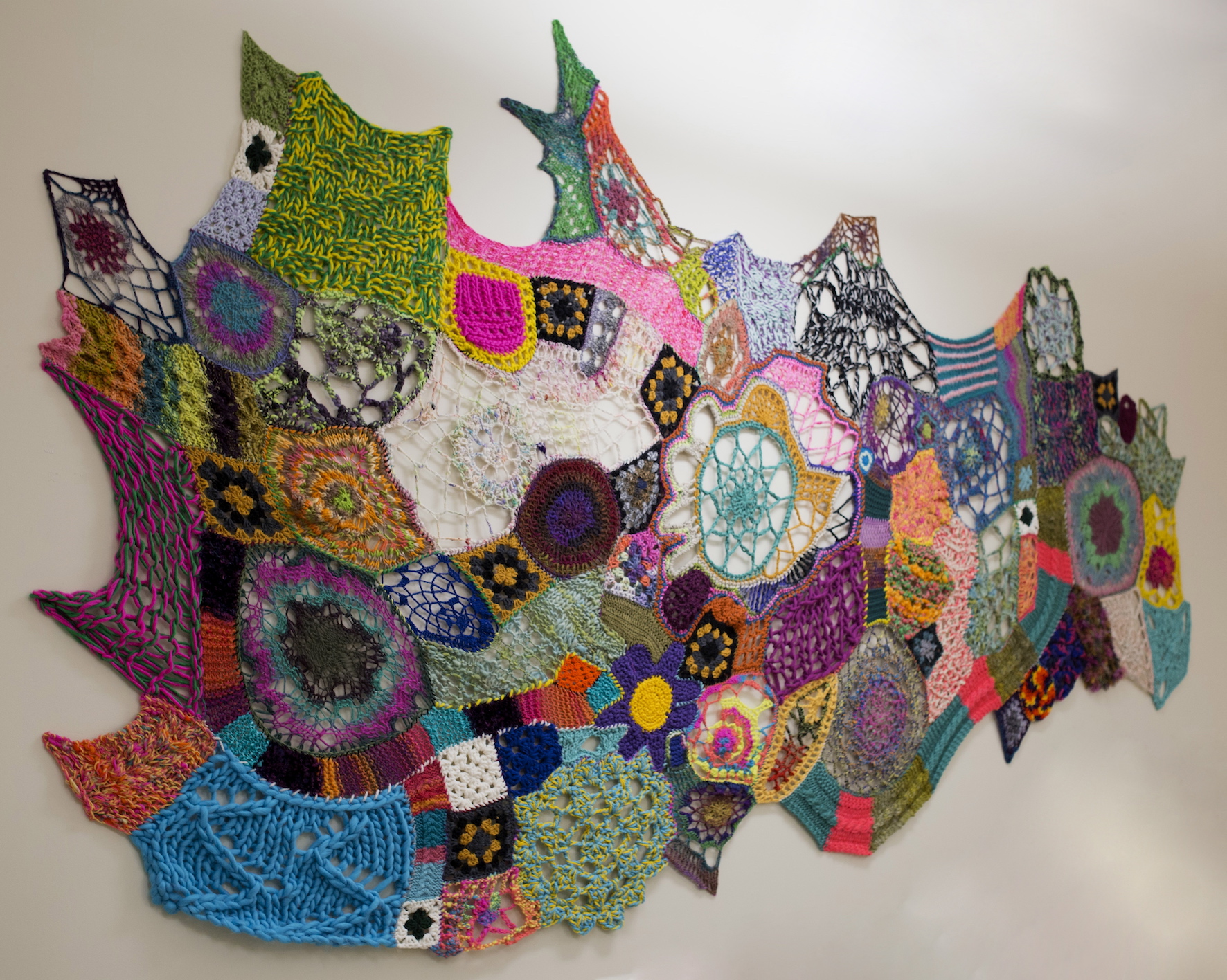
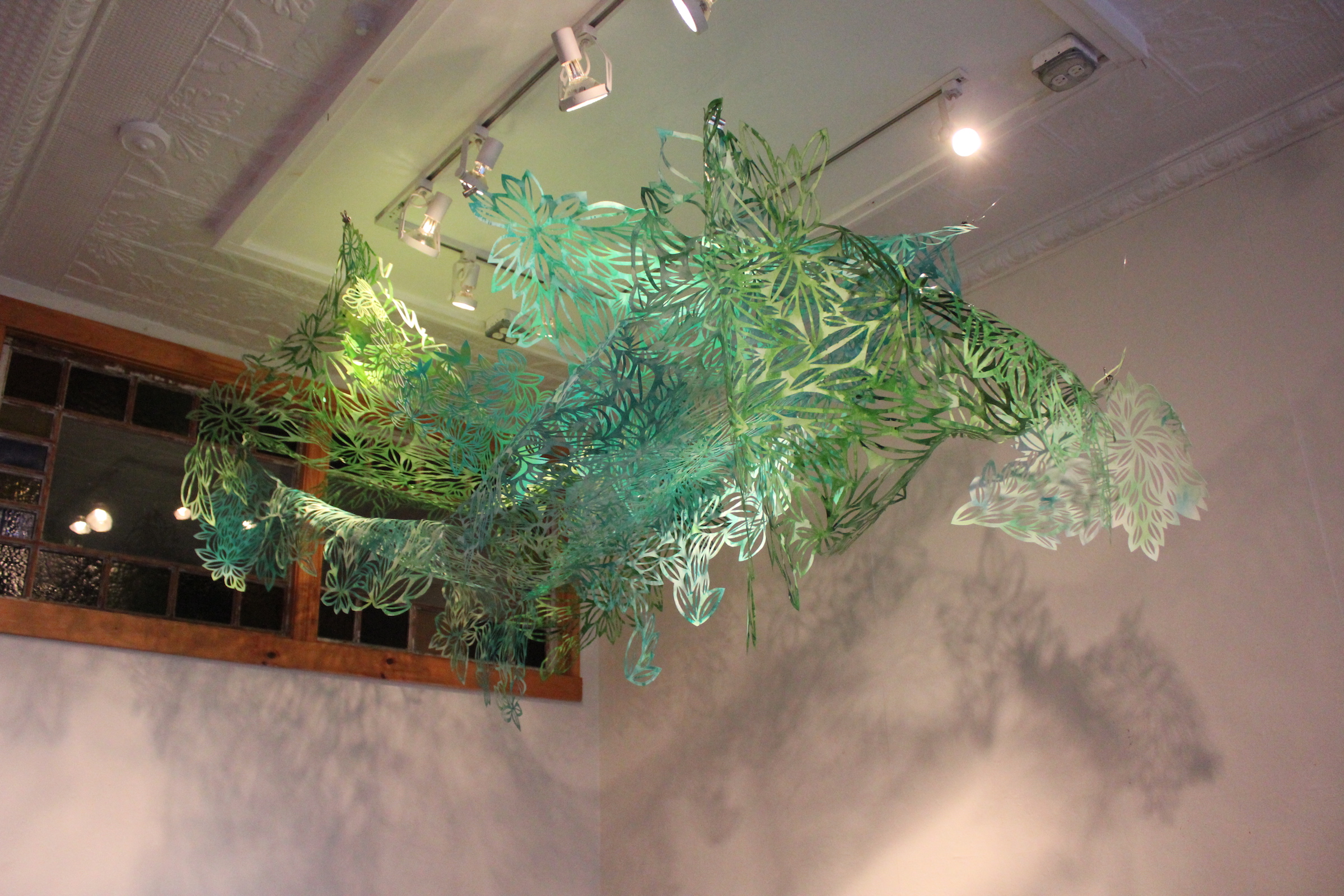
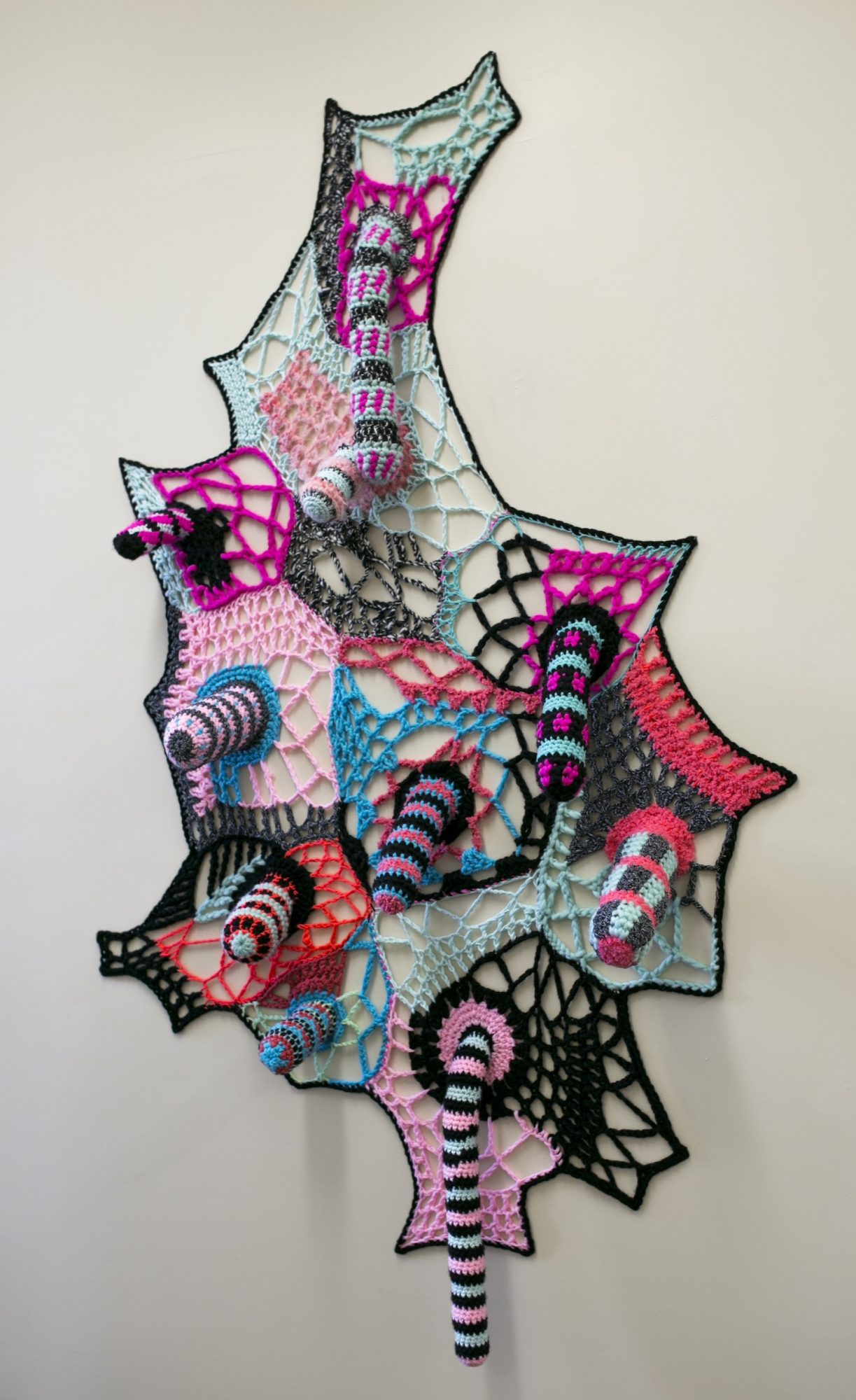

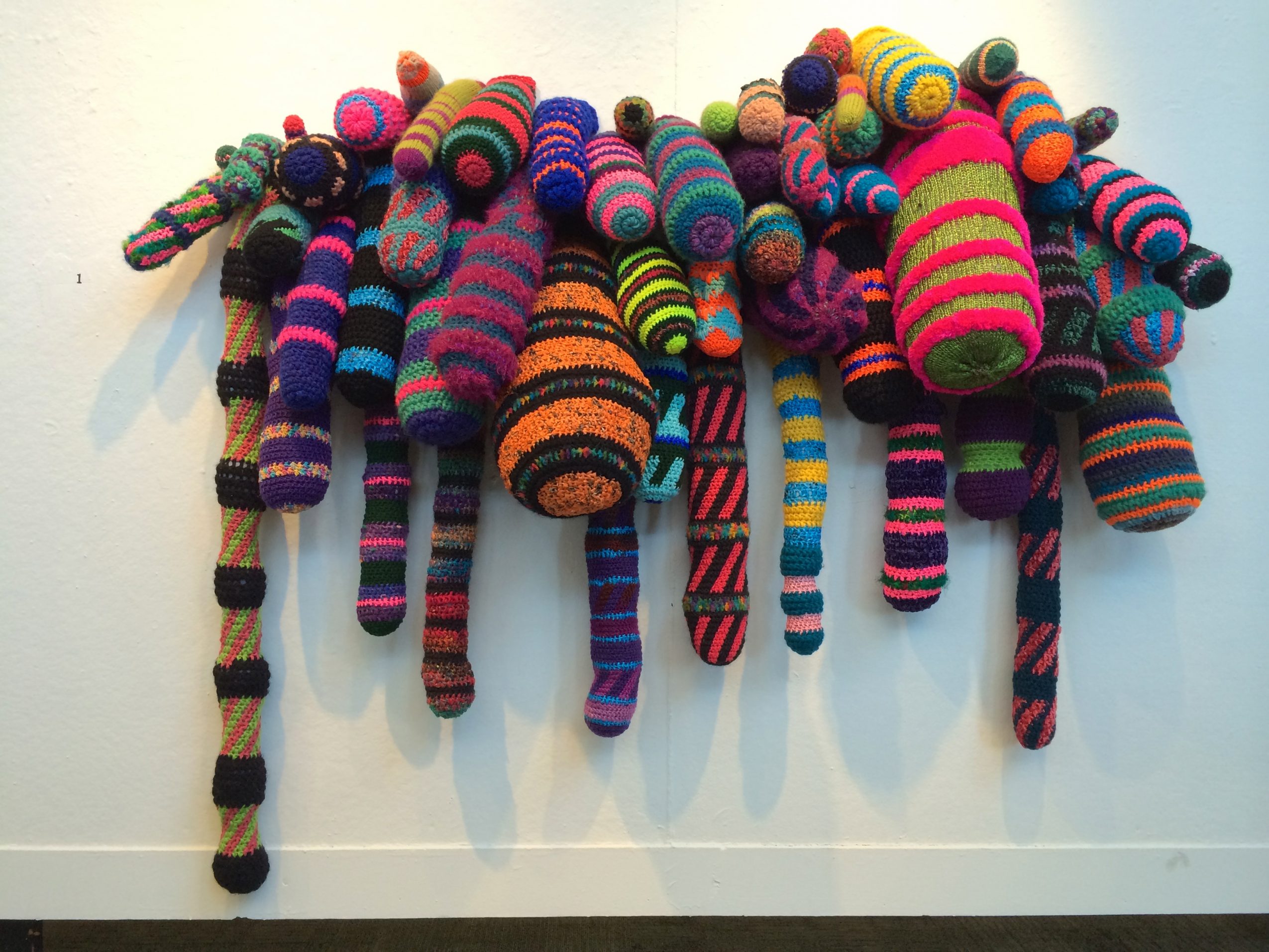 Image Credit:
Image Credit:
Emily Manning Mingle
Reneé Kristine Ricciardi
Getting in touch: BostonVoyager is built on recommendations from the community; it’s how we uncover hidden gems, so if you know someone who deserves recognition please let us know here.

















